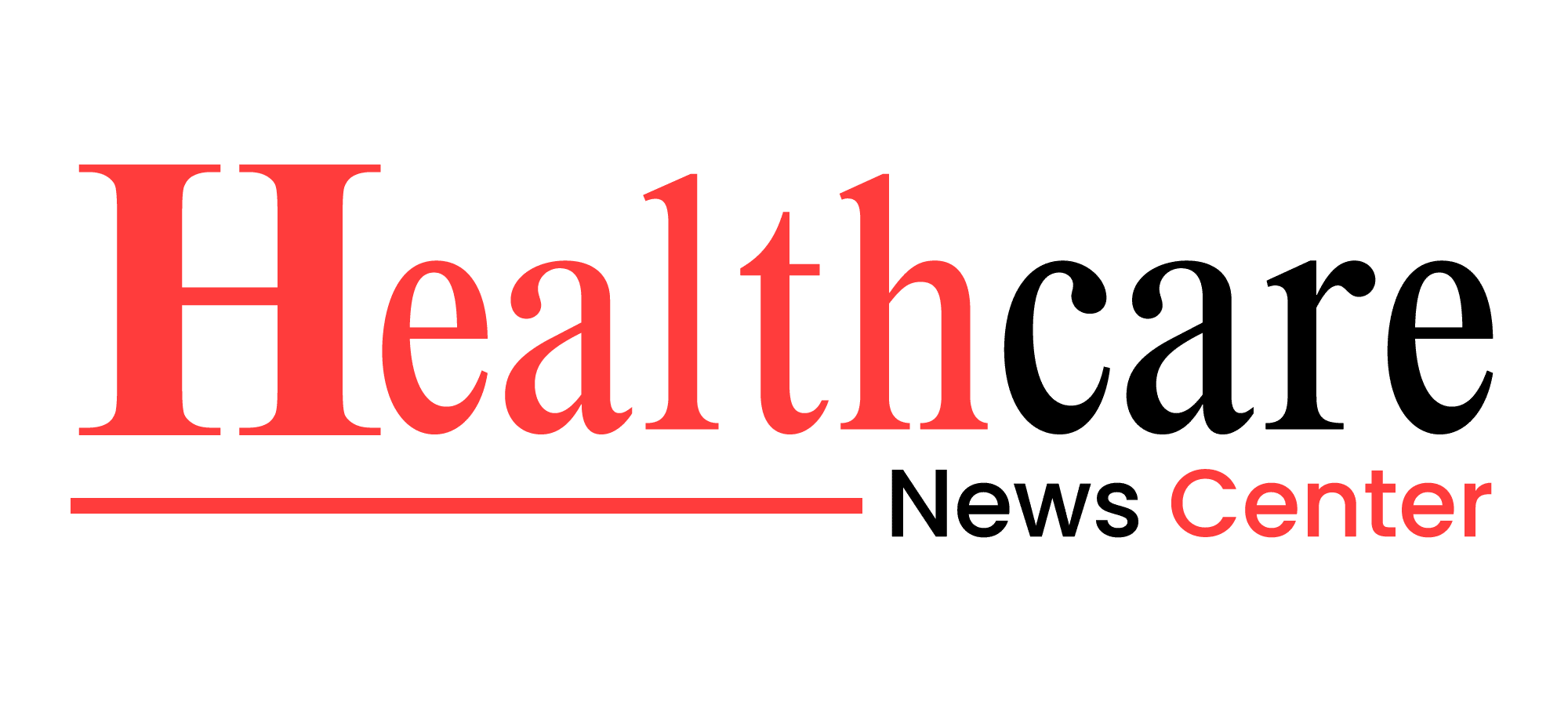In response to the recent cyberattack on Change Healthcare, the U.S. Department of Health and Human Services (HHS) Office for Civil Rights (OCR) has issued a formal letter and initiated a comprehensive investigation. This development underscores the growing concerns about data security and privacy within the healthcare sector, highlighting the need for robust protection measures against cyber threats.
Overview of the Cyberattack
In early 2024, Change Healthcare, a major player in the healthcare technology sector, experienced a significant cyberattack that compromised sensitive patient data. The breach involved unauthorized access to a substantial amount of personal health information (PHI), raising alarms about potential impacts on patient privacy and the integrity of healthcare operations.
Resource: Change Healthcare – Statement on Cyberattack
HHS OCR Response and Investigation
The HHS Office for Civil Rights, which enforces the Health Insurance Portability and Accountability Act (HIPAA), has issued a letter to Change Healthcare demanding detailed information about the breach. The letter requests specifics on how the attack occurred, the scope of the data compromised, and the measures taken to mitigate the damage.
- Investigation Scope: The OCR’s investigation aims to assess whether Change Healthcare’s response to the breach was compliant with HIPAA regulations and whether adequate security measures were in place to protect patient information. The investigation will also evaluate the effectiveness of the company’s breach notification and remediation efforts.
Resource: HHS OCR – Official Letter and Investigation Details
Implications for Healthcare Security
- Impact on Patient Privacy
The cyberattack has raised significant concerns about patient privacy, particularly regarding the exposure of sensitive medical and personal information. The OCR’s investigation will scrutinize the adequacy of Change Healthcare’s data protection practices and the effectiveness of its response to the breach.
- Statistics: According to the 2023 Healthcare Data Breach Report by Protenus, healthcare data breaches have increased by 30% over the past year, highlighting the growing vulnerability of healthcare data to cyberattacks.
Resource: Protenus – Healthcare Data Breach Report 2023
- Strengthening Cybersecurity Measures
The incident emphasizes the critical need for healthcare organizations to enhance their cybersecurity frameworks. As cyberattacks become increasingly sophisticated, implementing advanced security measures and protocols is essential to safeguard patient data.
- Recent Trends: A 2024 survey by the Healthcare Information and Management Systems Society (HIMSS) revealed that 70% of healthcare organizations plan to increase their cybersecurity budgets in response to rising threats and regulatory requirements.
Resource: HIMSS – Cybersecurity Trends in Healthcare 2024
Regulatory and Compliance Considerations
The OCR’s investigation will likely lead to increased scrutiny of compliance with HIPAA regulations. Organizations that fail to meet these standards may face substantial fines and corrective actions. The incident serves as a reminder for all healthcare entities to regularly review and update their cybersecurity practices and ensure adherence to regulatory requirements.
Resource: HIPAA – Compliance and Security Guidelines
Conclusion
The HHS Office for Civil Rights’ investigation into the Change Healthcare cyberattack highlights the urgent need for enhanced data security in the healthcare sector. As the investigation progresses, it will provide valuable insights into the effectiveness of current security measures and inform future strategies for protecting patient information. The ongoing scrutiny reflects a broader effort to address and mitigate the risks associated with cybersecurity threats in healthcare, ultimately aiming to ensure the privacy and safety of patient data.
The incident underscores the importance of vigilance and proactive measures in safeguarding sensitive health information, setting a precedent for how the industry must adapt to evolving cyber threats.

